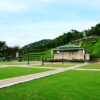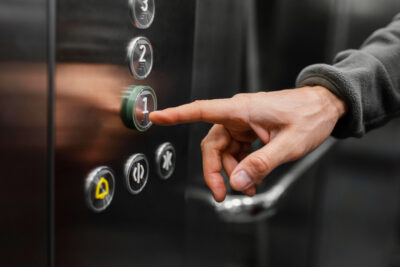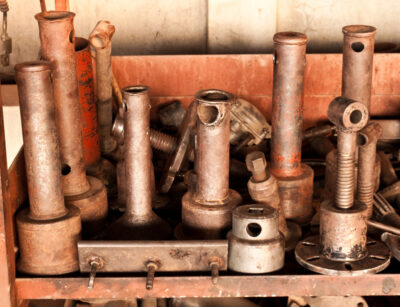Did you know that 20% of global electricity production is because of our increased use of lighting? Our health, well-being, safety, and productivity are all impacted by the quality and amount of light, but so is the economy. Lighting accounts for a large portion of the power budgets of many countries.
Needless to say, we’re in dire need of energy-efficient lighting. Keep on reading for our full breakdown of everything you need to know about using energy-efficient light bulbs and lighting systems.
What Is Energy Efficient Lighting?
It’s when a product’s energy consumption decreases to the point that it doesn’t impair its production. As well as ultimate reaction, or user comfort. Generally speaking, higher energy consumption and energy-efficient product use less energy.
It is possible to achieve the desired illumination level in a lighting system. At the same time, you can use the least amount of energy, thanks to energy efficiency. Energy-efficient lighting may save money while still providing enough light quality and quantity.
You can install LEDs, fluorescent lights, CFLs, and other energy-efficient bulbs. Those can be a replacement for typical incandescent bulbs. Lighting controls such as timers, PIR, ultrasonic sensors, and others are also included.
During daytime hours, lights may be set to switch off automatically when not in use. Engineers use electronic chokes in place of ballasts in traditional lighting systems. This allows you to dim the lights as you’d require.
These designs not only cut energy consumption but also improve lighting quality. They also raise safety and employee well-being and minimize environmental consequences.
Is It Necessary to Use Energy-Saving Lighting Protocols?
Anyone who uses a facility knows how important lighting is to their daily lives. In-home, commercial, and industrial settings, this accounts for a significant percentage of energy usage. Only 2-5 percent of overall energy consumption in factories goes for lighting, and even that amount is quite low.
When it comes to commercial and construction industries, it may be as high as 20 to 40 percent. In hotels and other lodging establishments, it can be as high as 50 percent. As a result, it becomes a critical area for energy conservation, particularly in the home sector.
Most of the electricity used by traditional lamps goes for heating the lamp instead of producing light.
Lower power expenses are a direct outcome of installing energy-efficient lighting. This reduces usage over time.
What’s the Best Way to Go About Energy Efficient Lighting?
In terms of brightness, LEDs and CFLs are the most effective options.
When compared to traditional incandescent and halogen bulbs, LEDs and CFLs are far less expensive to operate. In terms of brightness (measured in lumens), a modern bulb may outperform a standard bulb while using a fraction of the amount of power.
Compact Fluorescent Light Bulbs (CFLs)
Fluorescent illumination with the familiarity and ease of use of incandescent lighting are combined in these lights.
All regular incandescent lights can be screwed into them. However, lengthy tubes of typical fluorescent lighting cannot. With diverse brands and applications, they come in a wide variety of designs, colors, sizes, and shapes.
When compared to incandescent bulbs, compact fluorescent lights (CFLs) utilize 75% less energy. They also emit 75% less heat to provide the same amount of light. In comparison to incandescent bulbs, their lifespan is 10–15 times greater, but their price is 10–20 times more.
Light Emitting Diodes (LEDs)
Even compared to compact fluorescent lights (CFLs), LEDs use less power. This is due to their solid-state semiconductor devices. They’re the most energy-efficient lamps on the market, yet they also provide better illumination than any other.
Initially, LEDs were only used in electrical circuits to indicate a single bulb. In short, you’ll find that LED light bulbs are more energy-efficient overall.
Let’s look at small lamps in battery-operated devices such as charging lights, flashlights. These are developed by clustering a lot of LEDs together in one place. Traditional incandescent bulbs may now be replaced with LED lights in a variety of new bulb designs.
Also, about 50 percent less energy than a CFL, making them more environmentally friendly. As compared to incandescent bulbs, their lifespan may be increased by 8–25 times, and they can live up to four times as long as a compact fluorescent bulb. LED bulbs, unlike incandescent and CFLs, do not create heat.
Therefore, they may be touched without fear of harm. However, they are more costly, but they will pay for themselves over time.These junctions produce energy in the form of light whenever current travels through them.
As a result, the chemical composition has an effect on both the wavelength and the color of the light.
Yellow, red, blue, green, and white light may all be produced by LEDs, as can any combination of these colors. Clusters of white LEDs are placed together to provide the necessary illumination for an application. Also, you should hire an electrician to set things up.
You can find various LED bulbs in many different shapes. You should look at sizes, and styles depending on the application they are meant to serve.
These are all a few examples of the many different varieties available.
Unlocking the Energy-Efficiency Puzzle?
Most of us don’t spend much attention thinking about implementing energy-efficient lighting.
If you’re interested in learning more about becoming energy-efficient in all aspects of your home or business, you should check out our energy and business sections for an abundance of tips and explainers.










